The following is an op-ed by senior columnists Elizabeth Porter and Eleanor Asma. All of the opinions and viewpoints expressed within the article are solely that of the author and may not reflect the beliefs of The Forest Scout newspaper.
How would you feel if you saw your name on a list ranking the hottest girls in your grade? What about most promiscuous? Or judging specific body parts? How would you feel if dozens if not hundreds of other students had seen those lists?
For many high school students and alumni across the country, these aren’t hypotheticals. Instead, they’re a tradition. In 2013, students at a high school in Washington came under criticism for establishing an online ‘hotness tournament’ to rank girls based on attractiveness. Similarly, in Oak Park in 2011, 50 high school girls were ranked and explicit information about them was publicly displayed on Facebook. In 2014 groups of high schoolers in Albany, New York and Zionsville, Indiana, created march-madness style brackets, which authorities at both schools condemned as cyberbullying. Clearly this is not unique to any one group or school, it is a nationwide phenomena.
In 2014, male students at Lake Forest High School made a list ranking 50 junior and senior girls based on hotness on an excel spreadsheet. Girls’ names were listed alongside comments about specific physical features.
According to one female 2014 graduate, “The list was being sent through group chats and posted on Facebook groups while girls walked through the hallways glued to their phones looking for their name.” She continued, “Some girls were crying in the bathrooms of the school, others had a huge boost of confidence and walked through the hallways like they were on top of the world after seeing their name close to the top of the list.”
“Obviously this kind of thing is something guys and girls talk about,” observes 2015 graduate Charlie Asma, “but when you turn it into a ‘draft’ or list of some kind, it crosses a line.” He also recognized that, “The whole situation was really uncomfortable. Especially for the girls on the list. It took your typical lunchroom chit chat to another disturbing level.”
The students responsible for the 2014 list were suspended.
Unfortunately, that didn’t stop the behavior. To many LFHS students, the existence of these lists are little more than a rumor, a whispering in the halls. But these lists are a real “tradition” at our school, created and inevitably shared every year. Similar to other traditions in our society, such as hazing, people continue to take part in things that are against their moral values just because they’ve been happening for years. What makes these lists particularly disturbing is the categories they are broken down into. Girls aren’t just ranked on hotness. They often include categories for alumna, sluts, fattest, or other body features.
According to a male senior familiar with the situation, “Any lists made by anyone based upon how they look is very inappropriate and has no place in high school.” Indeed, regardless of who is responsible, it needs to be stopped.
The lists are damaging for the girls on them, and the girls who aren’t. In the words of a senior girl, “Seeing friends on the lists can be hard because you want to be happy for them in a way for essentially being complimented, but it also makes me feel like I’m not as valued as the people who are listed.” That a 17-year-old girl is judging her own self worth on the opinion of a few of her classmates is very sad.
Should the girls listed feel flattered? Maybe, maybe not.
According to senior Brett Chody, “As girls we’re so used to the list coming out that everyone just wants to know if they’re on it and who is on it. We don’t realize what it actually entails.”
This may be the most alarming reality of this situation. Students are being subtly conditioned to find this normal. The girls become complicit in the tradition, sending leaked lists around to their friends and once making a list of their own in response.
High school is known to be a time of faltering self confidence. Eating disorders, anxiety, and depression are prevalent. Behavior like this only adds to those already staggering problems.
Ranking one another and publicizing it–regardless of gender–is simply unacceptable. However, it happens today in our high school, during a time at which our country is confronting shameful sexual harassment and bullying throughout society.
The Weinsteins and Spaceys and Lauers of the world are not born, they are created. We have to stop and consider how we may be inadvertently contributing to this damaging culture. What may seem harmless at first glance is actually perpetuating the unfortunate trends evident in the world today. If we have learned anything, it is that bad behavior has to be called out, or it will never stop and progress will never be made. By learning to respect each other, we can be the generation to turn the tide.









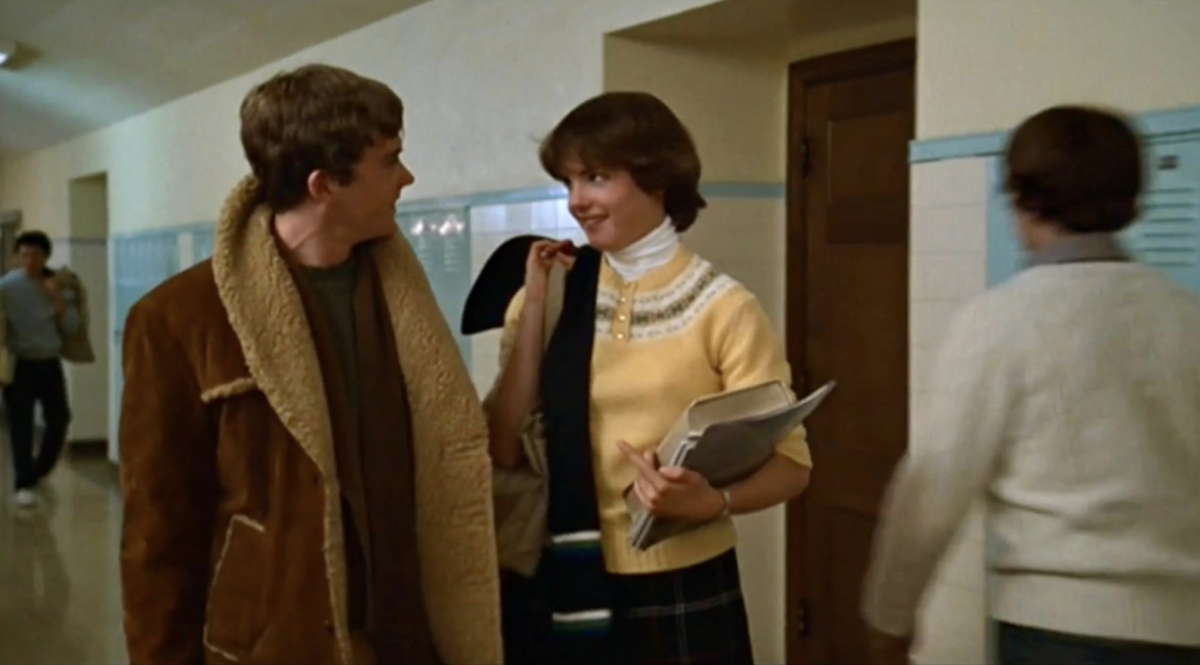


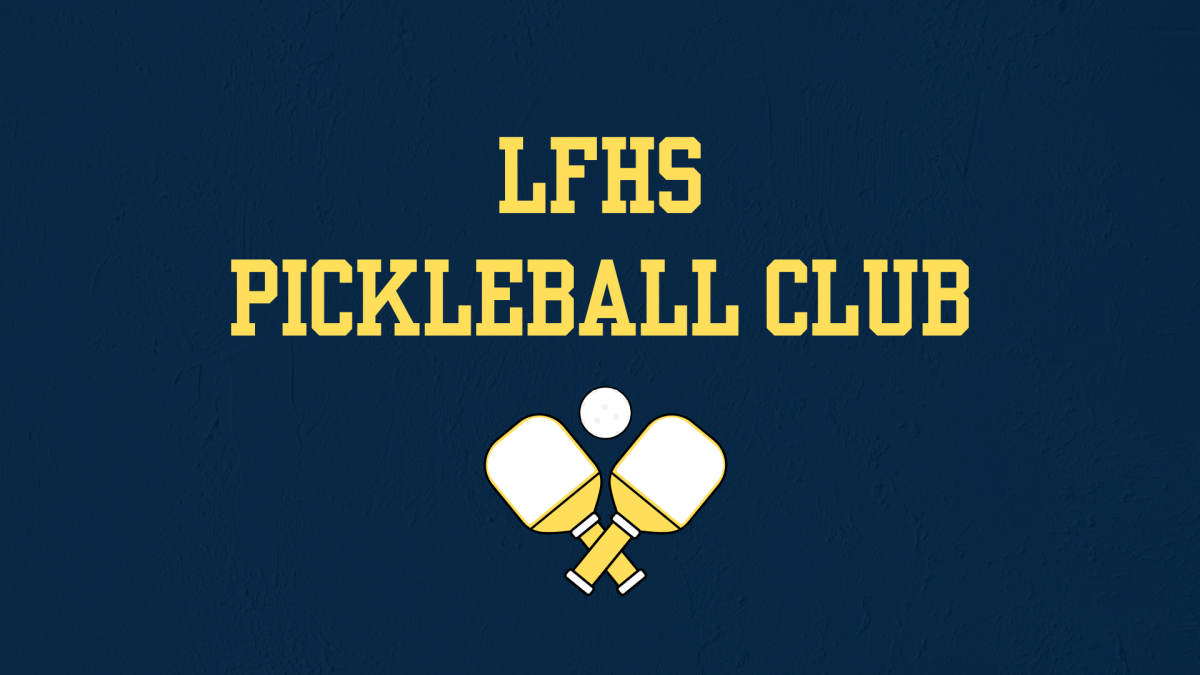
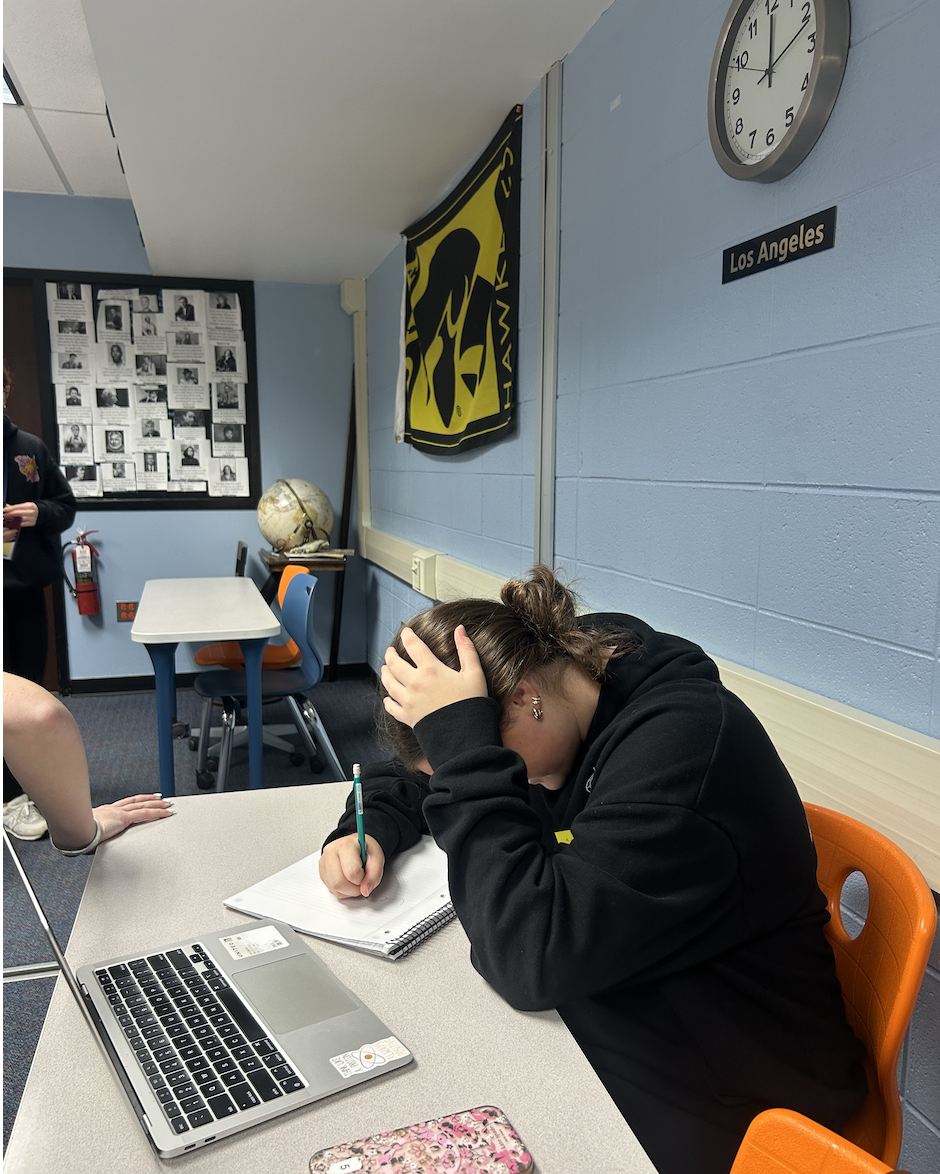
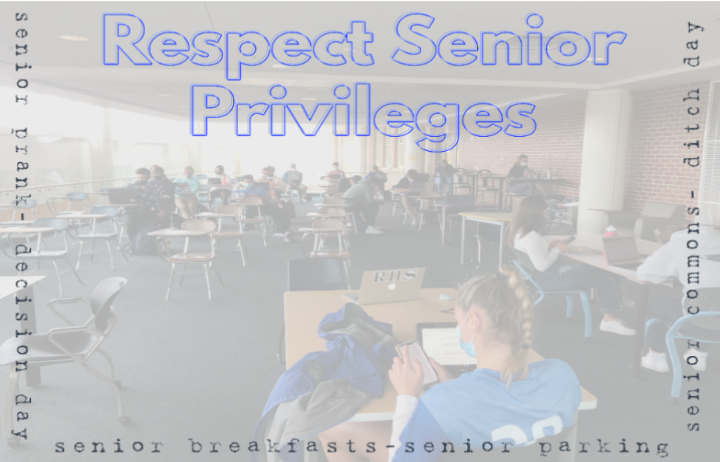


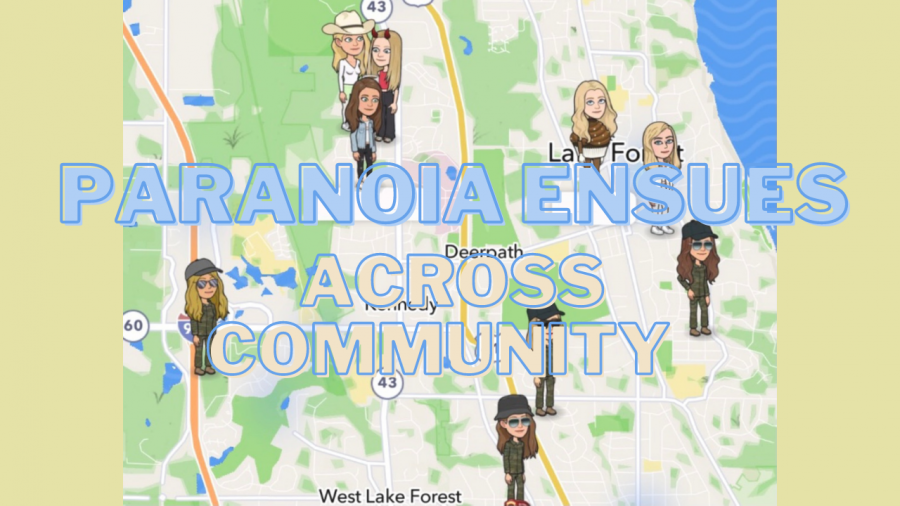


Ghost • Dec 6, 2017 at 5:52 pm
#fakenews some of your facts are simply not true
Todd Porter • Dec 7, 2017 at 1:58 pm
Saying its fake news and the facts are simply not true without identifying yourself or even which facts you allege aren’t true is cowardly and exactly the kind of disgusting behavior displayed by the boys who create and distribute such lists. If you want to stand up for this behavior, say who you are, and what facts aren’t true, and be a human about it, rather than a secret little coward.